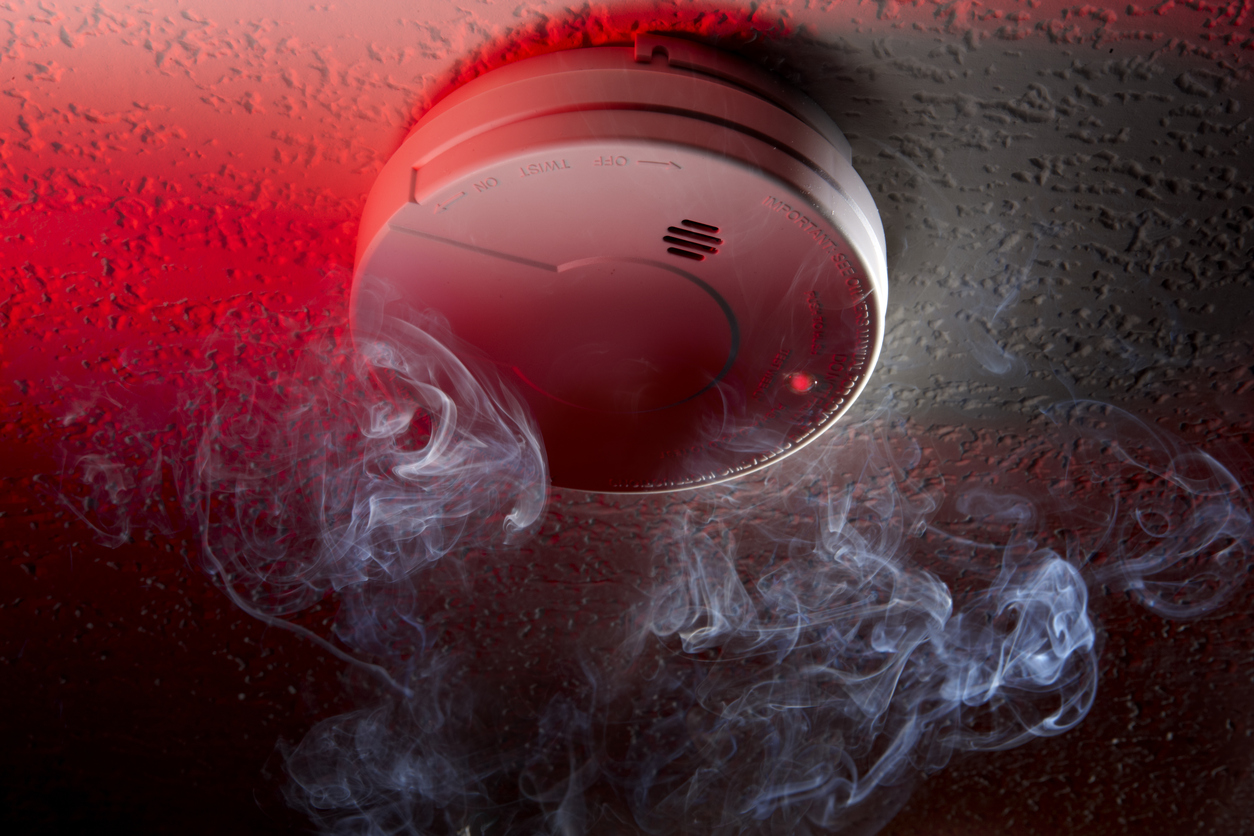
Installing and keeping a smoke alarm in your home is something that many people forget to do, but could save the lives of you and your loved ones. Thankfully, these alarms are readily available, inexpensive, and also easily installed.
As a general guide, a basic smoke alarm will set you back somewhere in the region of $15, however, a model with more features will of course be more expensive.
According to figures from the National Fire Protection Association, as many as two-thirds of household fire deaths in America are in homes either with working smoke alarms installed, but that don’t have any batteries in them, or in homes with no smoke alarms installed at all. These sobering figures illustrate just how important it is to ensure you have working smoke alarms within your home, if the worst was ever to happen.
You should ensure a smoke alarm is installed on every level of your home, and in rooms where people keep the door closed at times, separate alarms should be placed. Also, keeping in mind that smoke rises, alarms should always be placed on the ceiling a minimum of four inches away from the wall, and away from any drafts.
There are at present, three separate types of smoke alarms available to buy:
- Photoelectric
- Ionization
- Photoelectric/ionization combined
Let’s take a look at each type individually.
Photoelectric
These types of alarms can detect visible fire particles that are associated with slowly smoldering fires, more quickly than ionization alarms. The work by having a light source within a special light-sensitive sensor. When smoke gets into the chamber, the light is scattered, which will then set off the alarm.
This category of alarm is less likely to go off due to a false alarm from steam or burnt food, so can be safely installed in the bathroom or kitchen.
Ionization
Ionization smoke alarms are often able to detect invisible fire particles that are usually associated with fast burning fires such as ones fueled by flammable liquids, paper, or cooking fires, and can do so more quickly than their photoelectric counterparts.
These alarms contain a tiny amount of radioactive material within a special ionization chamber, and create an electric current in between metal plates. If smoke enters this chamber, the alarm will go off.
It’s important to note that ionization units can go off when they detect steam or burnt food, so they aren’t great for use near kitchens and bathrooms.
Combination
As you will no doubt suspect, combination alarms employ both photoelectric and ionization technologies, and will therefore ensure you will be alerted immediately no matter the type of fire.
The National Fire Protection Agency recommends that you use either a combination alarm, or both ionization, and photoelectric smoke alarms for complete protection, and peace of mind, should the worst ever happen.
As always be sure that you are properly covered by homeowners insurance or renters insurance in the event of a fire in your dwelling.